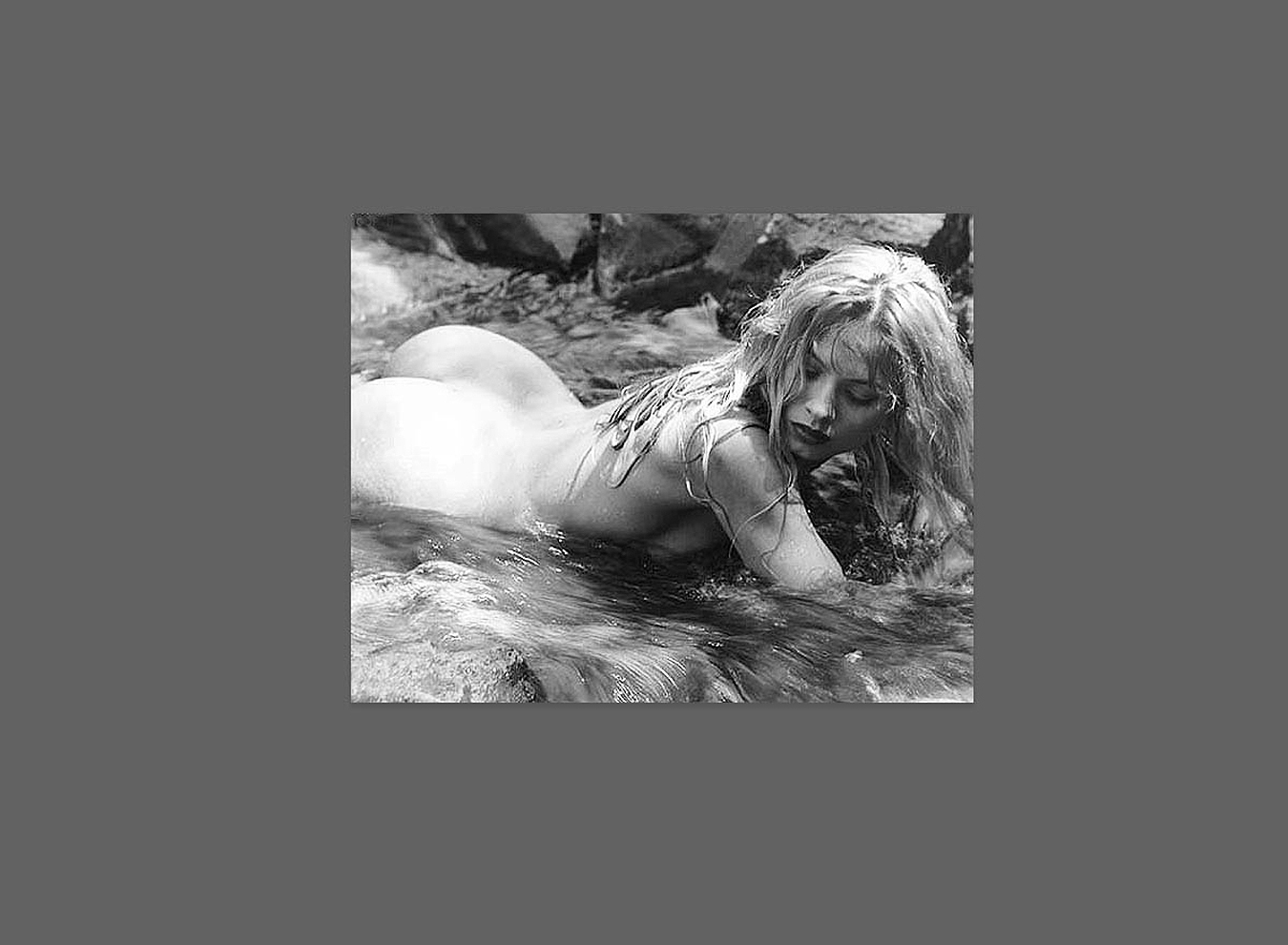
Photography and Text by Bob Shell, Copyright 2019
.
A Stitch in Relative Time
.
What really is photography? I think it is an outgrowth of our inability to revisit moments in time. The old tentmaker wrote:
The moving finger writes, and having writ,
moves on, Nor all thy piety nor wit
can lure it back to cancel half a line,
Nor all thy tears wash out one word of it.
We move through time headlong, like a boat with no rudder, and must follow the current wherever it takes us. When we die, all the moments of our lives are gone, “like tears in rain.”
That, at least, is the viewpoint of most people, who never realize that they are projecting a Newtonian viewpoint onto external reality. But since 1905 and Einsteinian Relativity we should have realized that we actually exist in a Relativistic reality. Time, that we seek to capture slices of, is not something that flows. It is the fourth dimension of reality that Newton simply took for granted as being the same everywhere. But Einstein showed us that time is not absolute, that it varies depending on the position and motion of the observer. Most of us haven’t integrated Einsteinian Relativity into our daily worldview, we’re stuck back centuries ago with old Isaac Newton.
“Physics itself recognizes no special moment called ‘now’ — the moment that acts as the focus of ‘becoming’ and divides the ‘past’ from the ‘future.’. In four dimensional space-time nothing changes, there is no flow of time, everything simply is…It is only in consciousness that we come across a particular time known as ‘now’ …It is only in the context of mental time that it makes sense to say that all of physical space-time is. One might even go so far as to say that it is unfortunate that such dissimilar entities as physical time and mental time should carry the same name.”. — Russell Stannard, Emeritus Professor of Physics, Open University.
“Particles themselves do not even move, being represented by ‘static’ curves drawn in space-time. Thus, what we perceive as moving 3D objects are really successive cross sections of immobile 4D objects past which our field of observation is sweeping.” — Roger Penrose
So if the time we perceive and the motion we perceive are illusions, what is the point of photography? I’ve been wrestling with that question. Will we one day be able to get outside time and revisit “moments from the past”? I’d be very surprised if we don’t.
Years ago, in the early 1960s, my father came home from his job as a TV news reporter one day very excited. He showed us a press release from the U.S. Navy in which it stated that the Navy had developed a “time camera,” which could take photographs of a scene as it was hours before. The example they used was to photograph an empty parking lot and get images of all the cars that were parked there earlier in the day. We were all wowed by this announcement, and I remember anxiously awaiting more news about this “time camera,” but none was ever forthcoming. Nor was there ever an official denial — nothing. If it was a hoax, I’d have expected some official denial. Periodically over the years I’ve tried to find any information about that camera, but have never found a thing. I’ve always suspected that the information was released to the press by mistake, and quickly withdrawn behind a veil labeled “Top Secret.” Just imagine what a powerful historical research tool that would be!
In a very real sense we always photograph the past. Say you are photographing someone twelve feet away. Light falls on that person and some is reflected to your camera, but it takes time for that light to come from your subject and reach your film or digital sensor. Light travels at a rate of one foot per nanosecond, so if your subject is twelve feet away, you are photographing them not in the present instant when you trip your shutter, but twelve nanoseconds in the past. Your subject is always younger in your photographs! Your camera is always a time machine. However, until that light strikes your film or sensor the image is in the future relative to you.
Now twelve nanoseconds is pretty small potatoes, but what about when you hook your camera to a telescope and point it at the moon, which is one light second away, or at the sun which is eight light seconds away, or even at Alpha Centauri which is 4.3 light years away. You’d be photographing respectively 1 second, 8 seconds, or 4.3 years into the past. From the perspective of someone on the moon, the sun, and Alpha Centauri, you are 1 second, 8 seconds and 4.3 years in their future. So you see their past, but their “present” overlaps with your past so from their perspective they see your past. Clear? Relativity can be confusing!
.
About The Author: Bob Shell is a professional photographer, author and former editor in chief of Shutterbug Magazine. He is currently serving a 35 year sentence for involuntary manslaughter for the death of Marion Franklin, one of his former models. Shell was recently moved from Pocahontas State Correctional Center, Pocahontas, Virginia to River North Correctional Center 329 Dellbrook Lane Independence, VA 24348. Mr. Shell continues to claim his innocence. He is serving the 11th year of his sentence. To read more letters from prison by Bob Shell, click here: https://tonywardstudio.com/blog/bob-shell-why-radford/